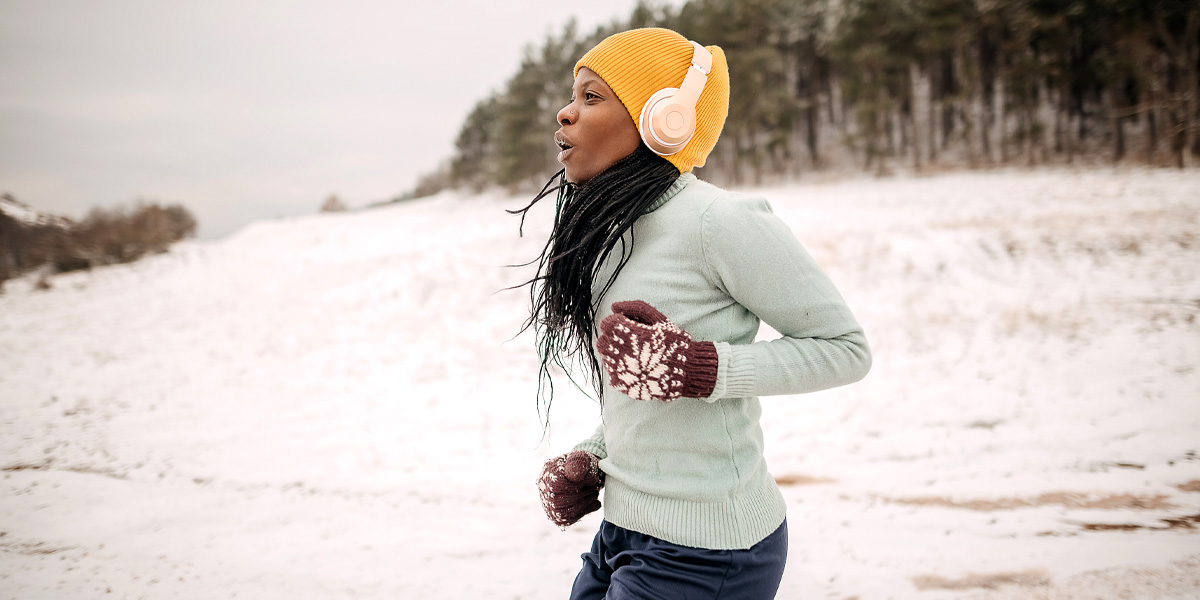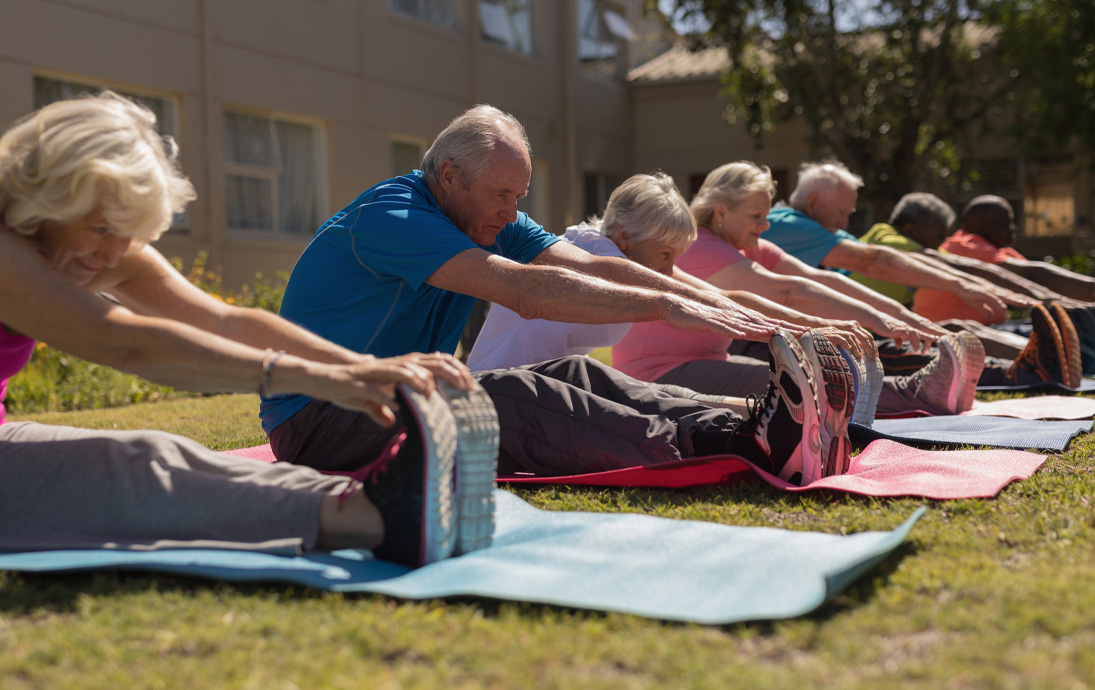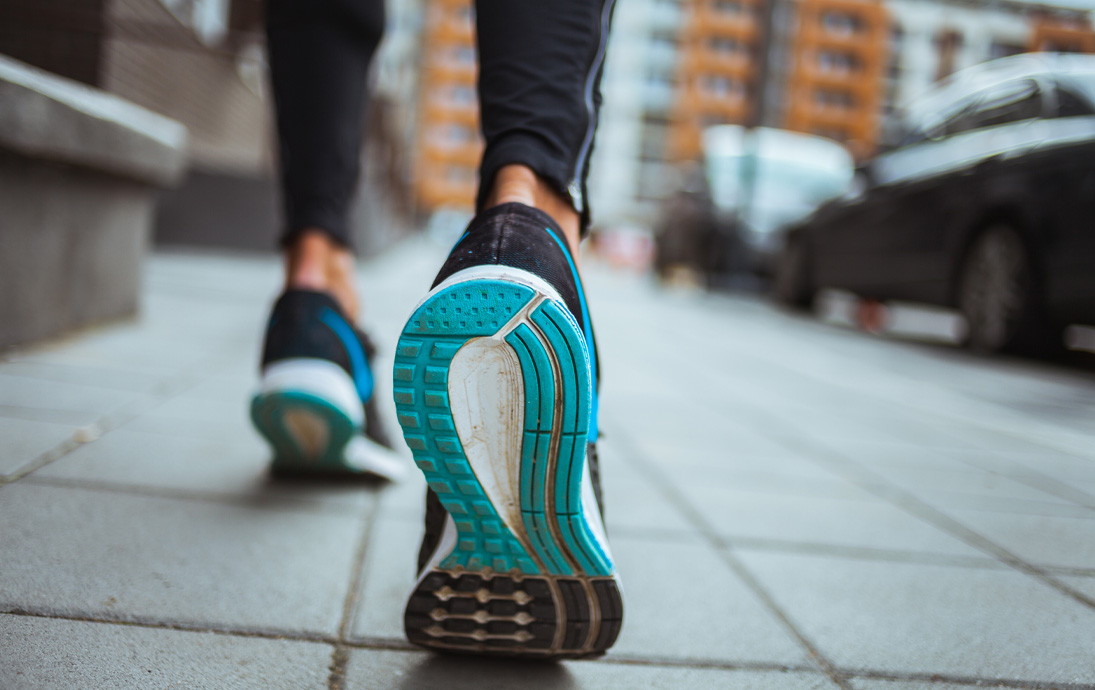
Outdoor exercise during cold winter months may be uncomfortable for many people. However, many people are deeply affected by a lack of natural sunlight in the winter months and spending time in nature, even when it’s cold, may be better for your overall health. Making an effort to get outside in the cold weather can help reduce the chance of seasonal depression and improve your quality of sleep. The following are some tips to consider when trekking outdoors this winter.
Mind the forecast
Before heading out, check the weather for ice, snow, and heavy winds. As long as the temperature and wind chill stay above 5° F, your chances of frostbite are low. If you suffer from asthma, exercise-induced bronchitis, a heart condition, or Raynaud’s disease, you should talk to your doctor about winter weather and what temperatures might aggravate your condition.
Dress in layers
Synthetic fabrics, wool, and waterproof materials are the best choices for your clothing layers. Avoid cotton, which tends to absorb sweat and moisture, which can make you more susceptible to hypothermia.
- For most outdoor activities, it is ideal to have your first layer be a thin, synthetic material that can draw sweat away from your body.
- Your second layer should include something for warmth-like wool or fleece.
- Your final, outer layer should be something that is water/weatherproof to help keep out the rain or snow.
Accessorize
Approximately 50% of our body heat escapes through the top of our head. Wearing a warm hat and covering your hands, nose, and ears can help keep you warm in the cold weather.
- Consider wearing a facemask or scarf over your mouth and nose to help warm the air you breathe to protect your lungs.
- Choose sturdy footwear with good traction.
- Wear light-colored or reflective clothing if you’ll be out after dark.
- Don’t forget your helmet, when appropriate.
Know the signs: Know the signs of frostbite (pins and needles feeling, loss of sensation, burning feeling of the skin) and how to treat it safely (slowly warm, don’t rub, the area, and immediately seek medical attention).
Think safety first: Especially if you are going to be outside by yourself, tell someone what route you are taking and when you plan to return. Even if you are working out with others, it may be a good idea to keep someone else informed of your plans in case an emergency occurs. Always go out dressed appropriately—even if it’s for a short jaunt to the grocery or the mailbox. You never know when you may be outside for an extended period of time.
You may not have considered:
- Don’t forget to wear sunscreen. You can still get a sunburn in the winter!
- Make sure to hydrate frequently, even if you don’t think you’re thirsty; the drying cold weather can make dehydration harder to spot.


